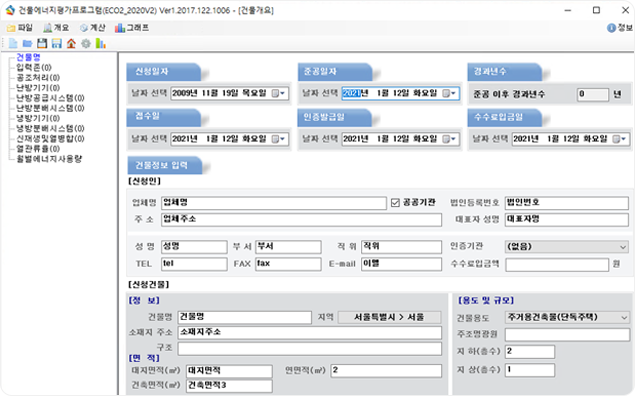
Total Carbon Management
Changes in carbon emissions and absorption due to land use changes can be quantitatively understood and managed.
Total carbon simulation can quantitatively analyze the increase or decrease in emissions and absorption during land use change processes such as development projects.
In this process, effects such as the introduction of renewable energy can be simulated, supporting carbon management policies from a total volume perspective to achieve Gyeonggi-dos carbon neutral goal.
By quantitatively analyzing carbon absorption, storage, and emissions that increase or decrease during the land use change process, we simulate ways to preserve carbon sinks and reduce carbon emissions.
In order to achieve the goal of carbon neutrality, an approach that considers the total amount of carbon from the planning stage of land use, such as development projects, is necessary.
Through various studies, field surveys, and the latest technologies such as LiDAR, carbon absorption, carbon storage, and carbon emissions in all regions of Gyeonggi-do have been established as spatial information. Based on this, the carbon balance according to land use changes can be reviewed on the map and carbon emission reduction scenarios such as introduction of renewable energy can be quantitatively analyzed.

Carbon Capacity Simulation
We analyze not only the carbon emissions of buildings, but also the carbon absorption and storage of new and damaged carbon sinks. We quantitatively compare carbon absorption, storage, and emissions before and after the project and propose a plan to manage the total carbon amount by applying a reduction scenario.
- Parcel-based target site setting
- Set by the user
- Biotope-based carbon uptake and storage analysis
- Carbon emissions analysis based on building energy usage
- Setting up carbon uptake and storage changes
- Setting up carbon emissions changes
- Upload Shape File Batch registration of carbon sink, storage source, and emission source
- Check the results of setting the change in carbon emissions within the target site
- Add carbon emission reduction sources by registering the names of reduction projects such as solar power, wind power, and geothermal heat.
- Status of changes in land use and total carbon amount
- implementation org.jsoup:jsoup:1.17.2 // HTML 파싱용
- Total carbon amount data before development project
- Total carbon amount data after development project
Building Energy Efficiency Rating Certification Evaluation Program
Jsoup.connect

